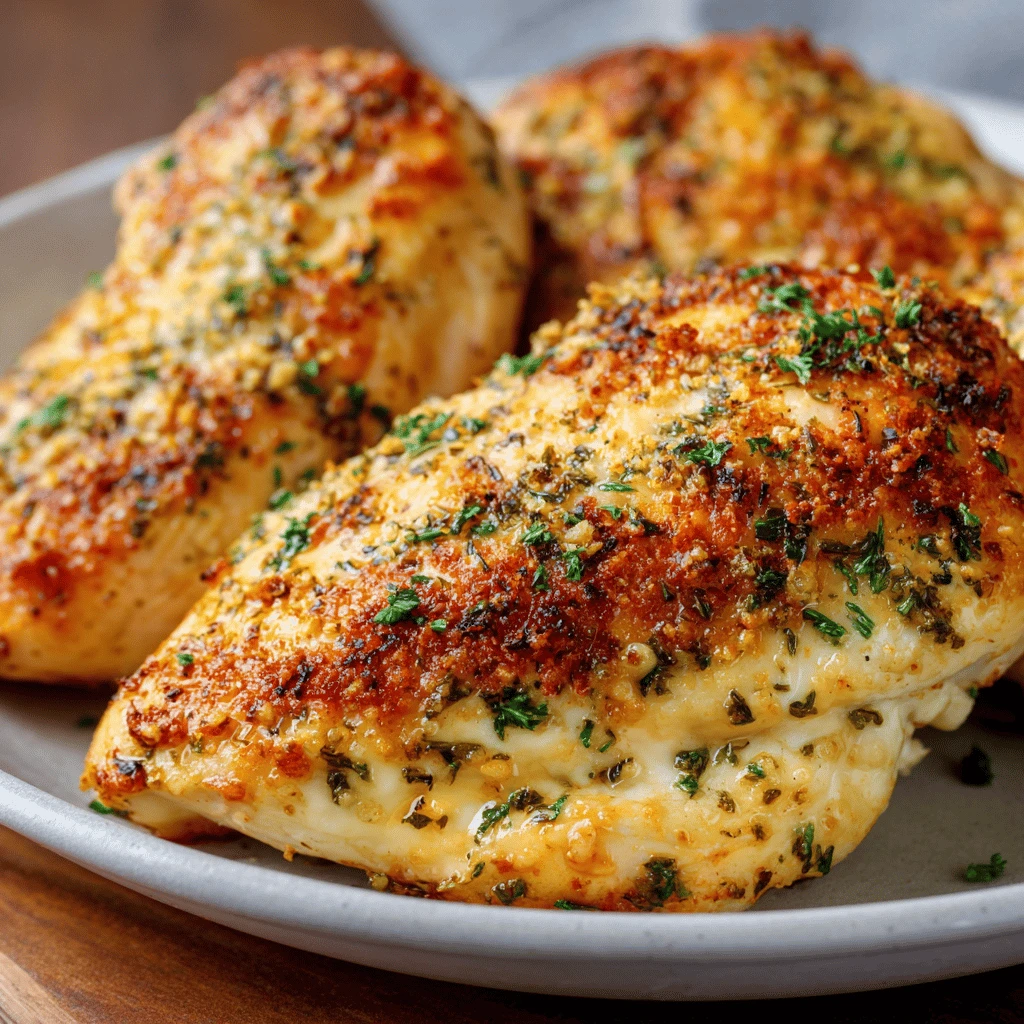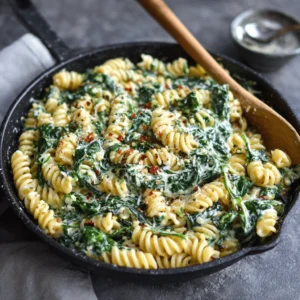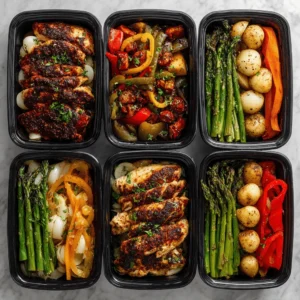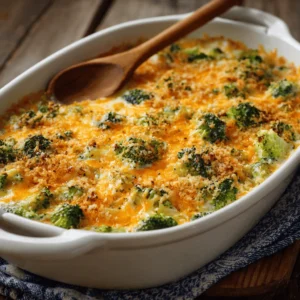Easy Baked Chicken Breast: A Guide to Perfect, Juicy Results
Baking chicken breast is a weeknight dinner staple for a reason: it’s healthy, versatile, and relatively easy. However, achieving perfectly cooked, juicy chicken every time can sometimes feel elusive. This guide will equip you with the knowledge and techniques to consistently bake delicious, tender chicken breast, transforming it from a bland protein into a family favorite.
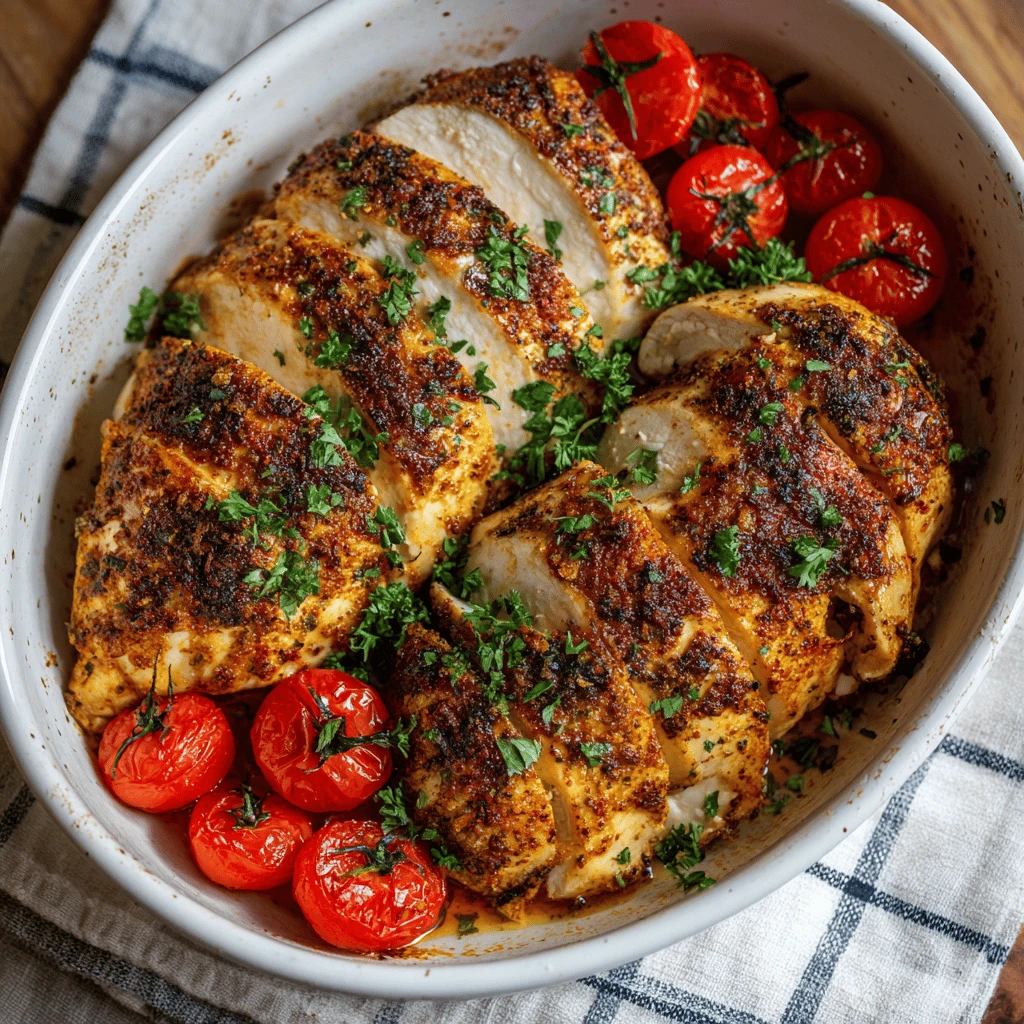
Mastering the Basics: Key Factors for Juicy Chicken
The key to succulent baked chicken breast lies in understanding a few crucial factors. Overcooking is the biggest culprit behind dry, tough chicken. We’ll cover techniques to prevent this, but understanding the science behind it is the first step. Chicken breast is lean, meaning it lacks the high fat content that helps keep other cuts moist during cooking. Therefore, moisture retention is paramount.
Selecting the Right Chicken Breast
The starting point for great baked chicken is, naturally, the chicken itself.
- Size and Thickness: Opt for chicken breasts that are relatively uniform in size and thickness. This ensures even cooking. If your breasts are significantly different in thickness, consider pounding the thicker end to create a more even surface.
- Bone-in vs. Boneless, Skin-on vs. Skinless: While this article focuses on boneless, skinless chicken breasts for ease of preparation and lower fat content, bone-in, skin-on chicken can be baked with excellent results using similar principles, just with slightly longer cooking times. Keep in mind that cooking times should be adjusted.
- Fresh vs. Frozen: Fresh chicken is generally preferred, but frozen chicken can be used if properly thawed in the refrigerator. Never thaw chicken at room temperature, as this can promote bacterial growth.
- Quality Matters: When possible, choose high-quality chicken from reputable sources. Organic or free-range chicken may offer superior flavor and texture.
Preparing the Chicken for Baking
Proper preparation sets the stage for a flavorful and moist outcome.
- Pounding for Even Thickness: As mentioned, pounding the chicken to an even thickness is crucial for consistent cooking. Place the chicken breast between two sheets of plastic wrap or in a large zip-top bag. Use a meat mallet or rolling pin to gently pound the thicker end until it’s roughly the same thickness as the thinner end.
- Brining (Optional, But Recommended): Brining is a game-changer for baked chicken. A simple brine – typically a solution of salt, sugar, and water – helps the chicken retain moisture during cooking, resulting in a significantly more tender and juicy final product. To brine, dissolve 1/4 cup of salt and 1/4 cup of sugar in 4 cups of water. Submerge the chicken breasts in the brine for 30 minutes to 2 hours in the refrigerator. Rinse the chicken thoroughly after brining and pat dry.
- Patting Dry: Before seasoning, pat the chicken breasts completely dry with paper towels. This allows for better browning and helps the seasonings adhere properly.
Flavor Power: Seasoning and Marinades
Baking chicken breast can be elevated with delicious seasoning.
Simple Seasoning Blends
Simple seasoning can create an amazing result. Some popular and effective combinations include:
- Classic Salt and Pepper: A generous amount of freshly ground black pepper and quality sea salt is a great foundation.
- Garlic Powder, Onion Powder, Paprika: This trio offers a savory, slightly smoky flavor.
- Italian Herb Blend: A mix of dried oregano, basil, thyme, and rosemary adds an herbaceous, aromatic dimension.
- Lemon Pepper: The bright, citrusy flavor of lemon pepper is excellent with chicken.
Creating Flavorful Marinades
Marinades not only add flavor but also help tenderize the chicken. Here are a few marinade ideas:
- Lemon Herb Marinade: Combine olive oil, lemon juice, minced garlic, fresh herbs (such as rosemary, thyme, and parsley), salt, and pepper.
- Honey Mustard Marinade: Whisk together honey, Dijon mustard, olive oil, vinegar (apple cider or balsamic), garlic powder, and paprika.
- Balsamic Marinade: Combine balsamic vinegar, olive oil, minced garlic, Dijon mustard, honey (or maple syrup), salt, and pepper.
- Yogurt Marinade: Combine plain yogurt, minced garlic, ginger, turmeric, cumin, coriander, lemon juice, and chili powder for a flavorful Indian-inspired twist.
Marinate the chicken breasts for at least 30 minutes, or up to several hours, in the refrigerator.
Baking to Perfection: Time, Temperature, and Technique
Now comes the critical part: baking the chicken correctly.
Optimal Baking Temperature
The ideal baking temperature for chicken breast is 375°F (190°C). This temperature allows the chicken to cook through evenly without drying out too quickly.
Baking Time and Internal Temperature
Baking time depends on the thickness of the chicken breasts. A general guideline is 20-30 minutes for average-sized chicken breasts (6-8 ounces each). However, the most reliable way to ensure the chicken is cooked through is to use a meat thermometer. Insert the thermometer into the thickest part of the breast, avoiding bone if present. The chicken is done when it reaches an internal temperature of 165°F (74°C).
Techniques for Moisture Retention
Several techniques can help keep the chicken moist during baking:
- Baking Dish Options: While baking directly on a baking sheet is acceptable, baking the chicken in a baking dish with a small amount of liquid (such as chicken broth, water, or marinade) can help create steam and retain moisture.
- Covering the Chicken (Optional): Covering the baking dish with aluminum foil for the first half of the baking time can also help trap moisture. Remove the foil for the last few minutes to allow the chicken to brown.
- Resting Time is Key: Allow the chicken to rest for 5-10 minutes after baking before slicing. This allows the juices to redistribute throughout the meat, resulting in a more tender and flavorful result.
Beyond the Basics: Tips, Troubleshooting, and Variations
Troubleshooting Common Issues
- Dry Chicken: Overcooking is the most common cause of dry chicken. Use a meat thermometer to ensure the chicken reaches 165°F (74°C) and no higher. Consider brining or marinating the chicken beforehand.
- Uneven Cooking: Ensure the chicken breasts are of even thickness by pounding them. Rotate the baking dish halfway through the baking time to promote even cooking.
- Bland Chicken: Don’t be afraid to be generous with your seasonings or marinades. Experiment with different flavor combinations to find your favorites.
Flavor Variations
- Lemon Butter Chicken: Melt butter with lemon juice, garlic, and herbs. Pour over the chicken before baking.
- Parmesan Crusted Chicken: Dip the chicken in beaten egg, then coat with a mixture of breadcrumbs, grated Parmesan cheese, and Italian seasoning.
- Blackened Chicken: Season the chicken with a blackened seasoning blend (typically containing paprika, cayenne pepper, garlic powder, onion powder, thyme, oregano, and pepper).
Serving Suggestions
Baked chicken breast is incredibly versatile and can be served in countless ways. Some popular options include:
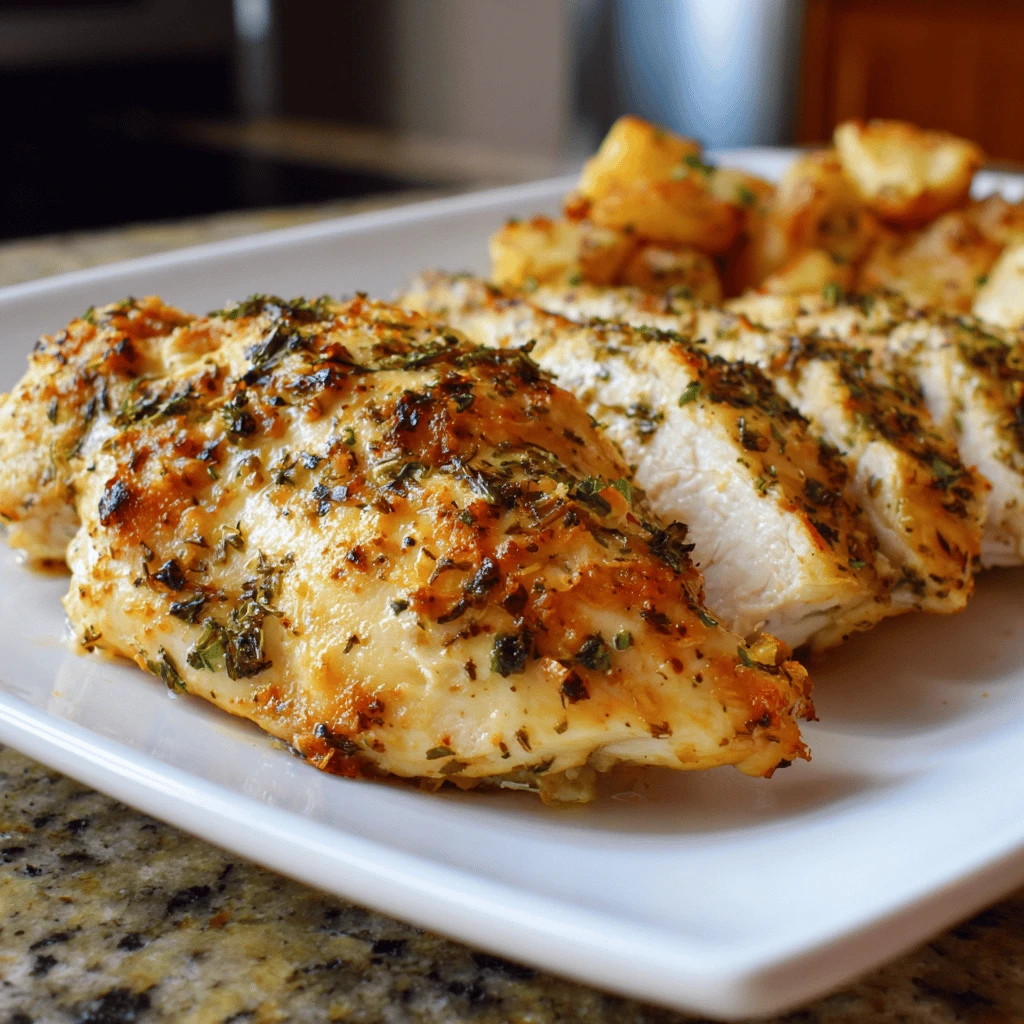
- Sliced over salads or grain bowls
- Served with roasted vegetables
- Added to pasta dishes
- Used in sandwiches or wraps
- Paired with rice and a sauce of your choice
Frequently Asked Questions (FAQ)
- How long does it take to bake chicken breast at 350? While 375°F is the ideal temperature, you can bake at 350°F (175°C). It will take longer, approximately 30-40 minutes, depending on the thickness. Always check the internal temperature.
- How do you keep chicken breast moist when baking? Brining, pounding to even thickness, avoiding overcooking by using a meat thermometer, and resting the chicken after baking are all crucial steps.
- Should I cover chicken breast when baking? Covering the chicken with foil for the first half of baking can help retain moisture, but remove it for the last few minutes to allow browning.
- What temperature should chicken breast be cooked to? The internal temperature of chicken breast should reach 165°F (74°C). Use a meat thermometer for accuracy.
- Can I bake chicken breast straight from the fridge? Yes, you can bake chicken straight from the fridge. However, allowing it to sit at room temperature for about 15-20 minutes can promote more even cooking. Do not leave chicken at room temperature for longer than 2 hours.
